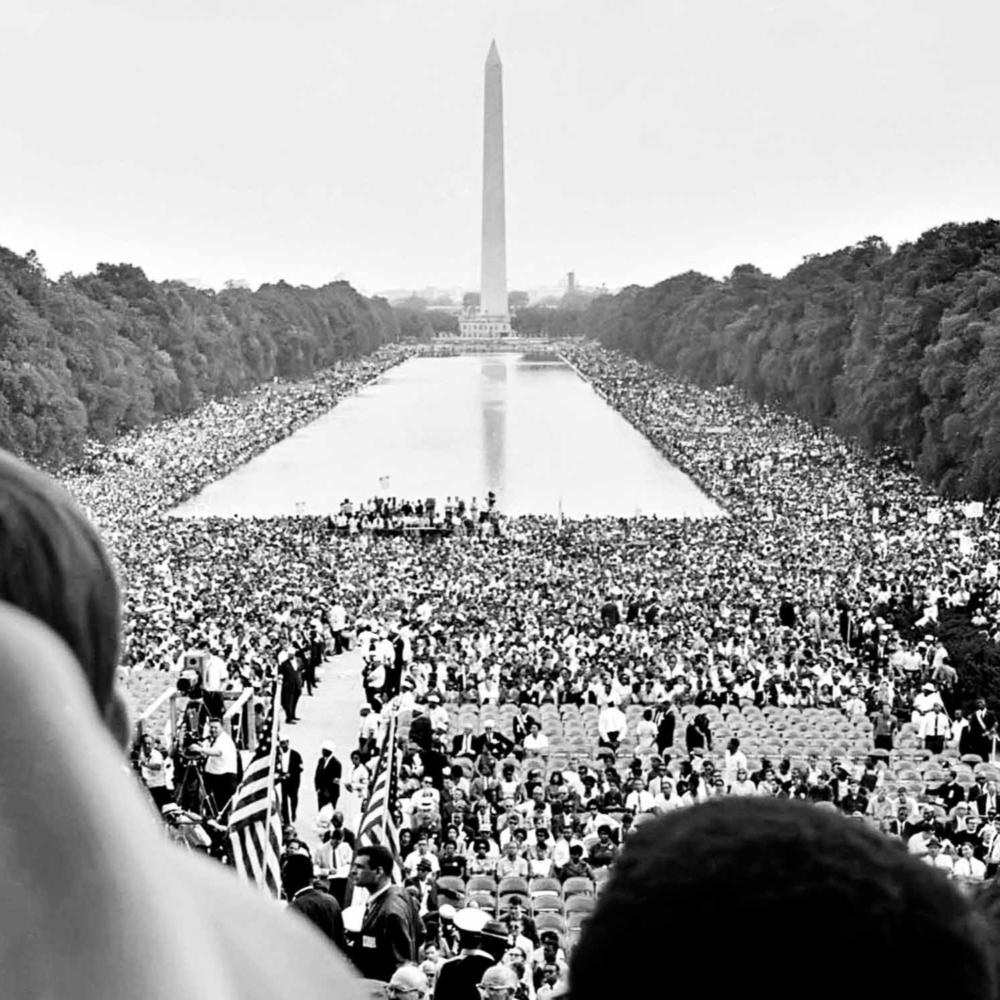The Two Masks
Generational change seems to be accelerating, but the youth movements of the past need not feel so distant from today’s younger generations. Nathaniel Williams on the masks taken off in the 60s and put on by today’s youth.
In the 1950’s and 1960’s young people in the USA felt impelled to find a new spiritual orientation in life that could somehow accommodate who they felt themselves to be. They felt limited by the expectations of societal integration and participation of their parents’ and grandparents’ generations, which generally centered the church as a social and spiritual hub throughout all of life. Yet young people felt like this culture was inauthentic, something central was missing. It was somehow all empty. Looking for authentic encounter they were meeting masks. It was an experience like this among some young people in an earlier time that eventually led to the founding of the Youth Section at the Goetheanum.(1)
Many of the young people of the 60s went seeking for an imminent experience of spirituality that related to their experience of one another, and themselves. This is the time of the Rights Revolution,2 when the meaning of rights in the USA took on a whole new range of colors. The new language of rights demanded that the jurist’s craft be infused with a sense of awe. It was not only in legal discourse, but other areas of life this new coloring emerged. We can find it in the art of Helen Frankenthaler, Joan Mitchell, and Emily Mason and the poetry of Mary Oliver and Wendell Berry, or even in the music like Bob Dylan, Joan Baez, and Joni Mitchell. There is an explosion of interest in other cultures, places and also in other times. Native American spiritual traditions were of particular interest to many in the United States, but also spiritual culture from India, from Japan. It was felt that there was an immanence lacking in spiritual discourse in the USA and a desire to find it wherever one could.
Today we live in the midst of a world that takes great influence from these counter-cultural artistic, political, and spiritual movements of the 50’s, 60’s, and 70’s. We take it for granted. The rights revolution was so successful that in 2010 corporate lobby groups successfully argued at the Supreme Court for deregulation of federal political donations by framing it as curtailing the freedom of expression. We can also consider the popular echo of the interest in immanent spirituality in the recent blockbuster, Wakanda Forever.
This excerpt comes from an article originally published in the (online exclusive) English Edition of the weekly Newsletter ‹Das Goetheanum›. You can read the full article on the website of ‹Das Goetheanum›.
Photo Crowds during the 1963 March on Washington, in Washington. Photo taken by one of the staff photographers at U.S. News & World Report.

